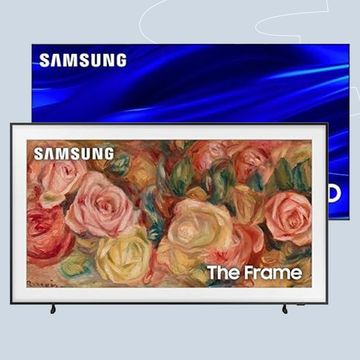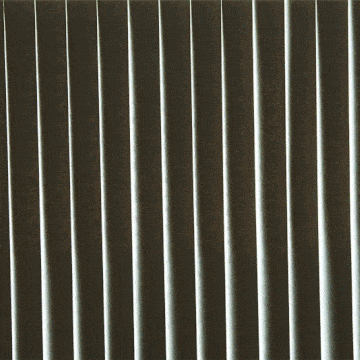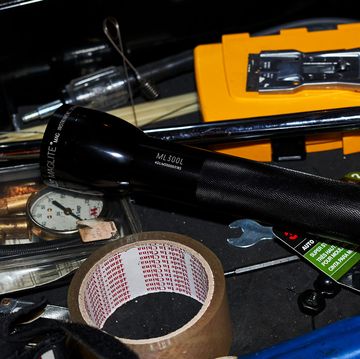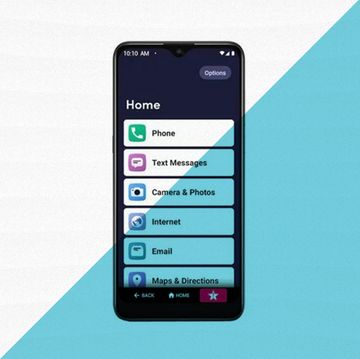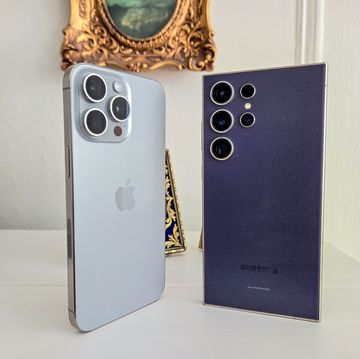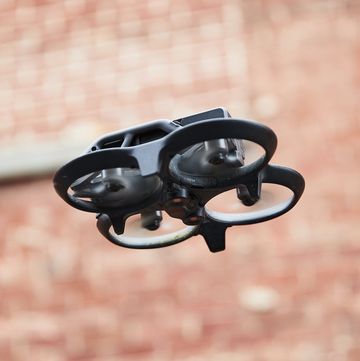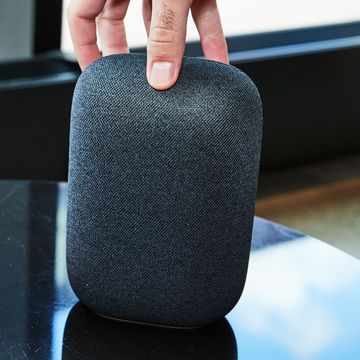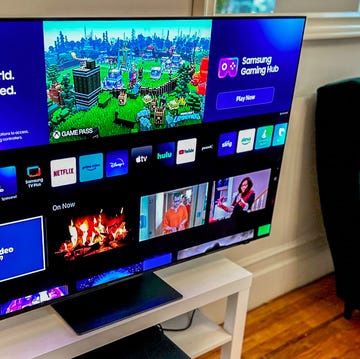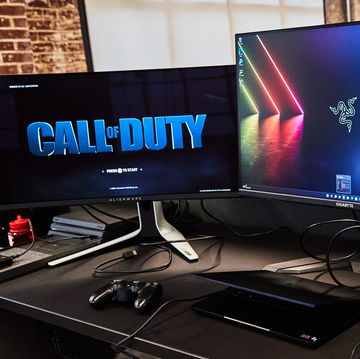In 2013, Google and NASA bought a quantum computer. But not everyone agreed that that's indeed what they had purchased with the D-Wave Two.
As Google director of engineering Hartmut Neven explains, "the larger community doubted whether it was a quantum computer at all, questioning if it even had the presence of [the] quantum effects" that should eventually give quantum computers like the D-Wave an absurd number-crunching edge over traditional computers. In addition, Neven says, back in 2013 neither NASA nor Google could convincingly show that any aspect of the D-Wave "could beat its classical [computer] counterparts, even for a proof of principle."
That all changes this week. NASA allowed us and other reporters the first peek at an upgraded version of the machine at the Ames Research Center in California, and simultaneously announced the first tangible evidence that the D-Wave Two is actually legit.
The team of computer scientists behind the D-Wave at NASA and Google released a scientific paper (as of yet, not peer-reviewed) on a recent test of the machine. They found that it could crunch a highly specialized computing problem roughly a hundred million times faster than competing conventional computers could do. That's quantum speed.
"The D-Wave took about a hundredth of a second" to solve the problem, says Neven, with a classical computer the same problem would take about 100 days.
The actual problem that computer scientists threw at the D-Wave Two is pretty esoteric. To oversimplify it, they asked the machine to pick the optimum choice out of a large jumble of information with nearly 1,000 variables. Such optimization problems, which involve weighing multiple choices against each other, should be far, far easier for quantum computers to crunch. That's because the basis of quantum computation, the qubit, uses the odd physics of quantum mechanic to hold information as a zero, one, or a superposition of both. Again, to over-simplify things, this allows quantum computers to consider a vast number of options at the same time.
In person, the room-sized D-Wave Two gurgles and rumbles a low tone, almost like a refrigerator working overtime. In some ways, that's exactly what it is. To harness the quantum effects on the superconducting material that makes up the machine's 1,097 qubits, the D-Wave's guts are kept at almost absolute-zero, about 150 times colder than deep space.
Although the D-Wave Two's 100,000,000-fold speed-up for a very specific problem is undoubtedly impressive, it's still just a partial vindication of the technology. Rupak Biswas, who heads the NASA side of the D-Wave research, explains that the D-Wave Two is still not a quantum computer in the strict sense of the words.
In a full-fledged quantum computer all the qubits would be strung together, but the D-Wave Two's 1,097 qubits are not all connected, he says. "Each qubit is only connected to 6 other qubits in the machine," Biswas says. That produces error-corrected information that's passed on to other qubit groups. Because of this constrained setup, Biswas explains, NASA and Google researchers haven't yet reached the point where they can put the D-Wave Two to practical use beyond super specific tasks. But the time is coming.





